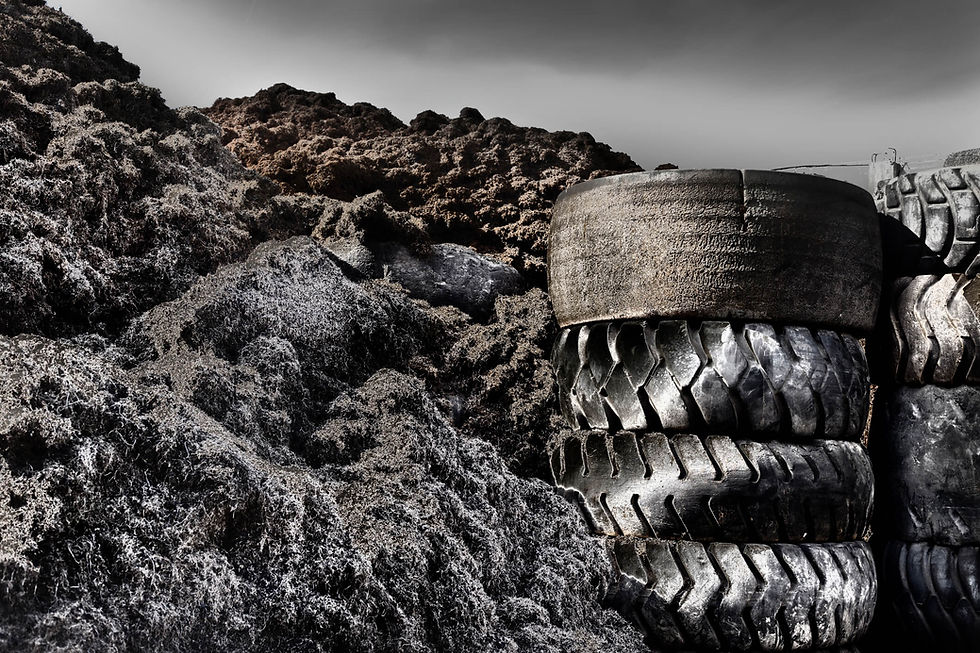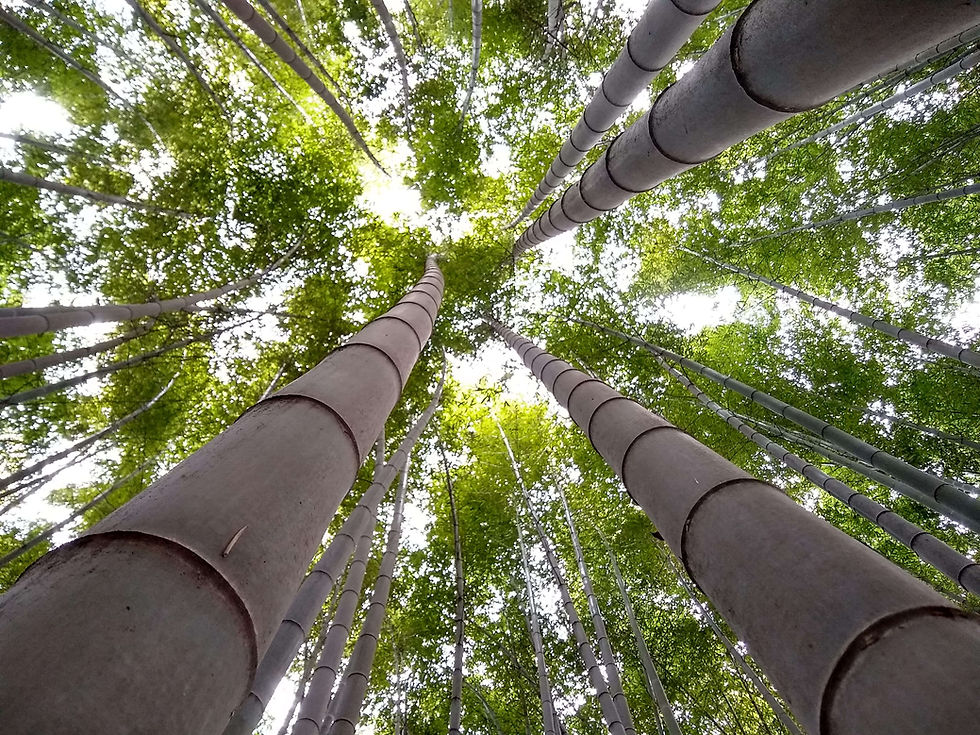Bioplastics Market Development Update 2023
- The Earth & I Editorial Team

- Apr 20, 2024
- 2 min read
Report Projects Large Increases of Global Bioplastics Production by 2028
European Bioplastics is an association that represents the interests of over 80 member companies mostly in bioplastics, research, and consulting, from Europe, US, and Asia (China, Japan, and Thailand). Bioplastics differ from conventional, petroleum-based plastics in that many bioplastics are biodegradable depending on their method of production and biopolymer. In December 2023, the association released its Bioplastics Market Development Update 2023, which has global bioplastics production projections into 2028.

A forecasted 2.182 million tons of bioplastics were produced in 2023, of which 1.136 million tons (52%) were biodegradable and 1.047 million tons (48%) were not.
However, the actual amount utilized in 2023 was 1.799 million tons (82%). This is similar to 2022 when 1.507 million tons (83%) out of 1.813 million tons were utilized.
Some 43% of bioplastics (about 0.934 million tons) went into rigid packaging (0.356 million tons) and flexible packaging (0.577 million tons) in 2023.
Global bioplastics production is projected to rise to 2.670 million tons in 2024, but then jump by about 81% to 4.839 million tons in 2025. This would be due to a more than doubling of biobased/non-biodegradable bioplastics production from 1.095 million tons to 2.241 million tons and about a 65% increase of biodegradable bioplastics production from 1.575 million tons to 2.598 million tons.
In 2028, global bioplastics production is projected to rise to 7.432 million tons, about 340% of the 2.182 million tons produced in 2023.
In 2023, the types of bioplastics with the highest global production capacities were polylactic acid (PLA) at 31.0% (biodegradable), then polyamides (PAs) at 13.5% and polyethylene (PE) at 12.3% (both biobased/non-biodegradable).
By 2028, the types of bioplastics with the highest global production capacities are projected to be PLA at 43.6%, followed by PA at 18.9%, and polyhydroxyalkanoates (PHA, polyesters produced by microorganisms) at 13.5% (biodegradable).
Sources:







Comments